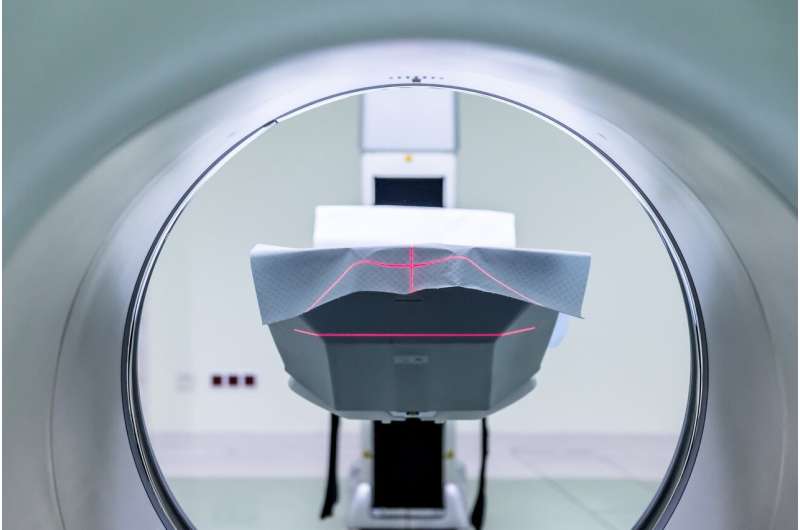Credit: CC0 Public Domain
Prostate MRI is an emerging technology used to identify and guide treatment for prostate cancer and has recently gained wide acceptance at many institutions. However, there has been concern that different institutions perform imaging of different quality. A recent multi-site study published in Radiology was designed to gauge the difference in imaging quality for prostate MRI by looking retrospectively at performance across 26 institutions.
Researchers reviewed the results of prostate biopsies on over 3,400 men who had targets identified on prostate MRI. They found that the positive predictive value of the test for prostate cancer was highly variable at different sites.
"The quality of prostate MRI was, indeed, heterogeneous across a number of institutions," said Ben Spilseth, MD, associate professor in the Department of Radiology at the University of Minnesota Medical School and U of M site coordinator for the study. "There are a lot of possible reasons why this is the case. It is not just the MRI itself, but it has to do with how the image is interpreted and then how it's biopsied and sampled."
The detection of prostate cancer with prostate MRI and biopsy is an important tool and improves patient outcomes, but the experience isn't the same across all centers. Spilseth believes there is more work to be done to better understand how all institutions can have a similar outcome. He hopes that this research will bring more training and standardization across the country for prostate MRI and biopsy guidelines.
"It is important that each center has a robust quality improvement process in order to get the outcomes that we all want to see," Spilseth said.
More information: Antonio C. Westphalen et al, Variability of the Positive Predictive Value of PI-RADS for Prostate MRI across 26 Centers: Experience of the Society of Abdominal Radiology Prostate Cancer Disease-focused Panel, Radiology (2020). DOI: 10.1148/radiol.2020190646
Journal information: Radiology
Provided by University of Minnesota Medical School























